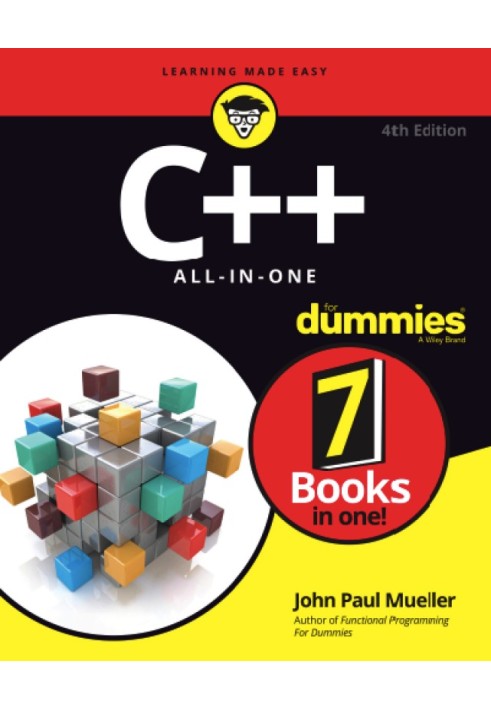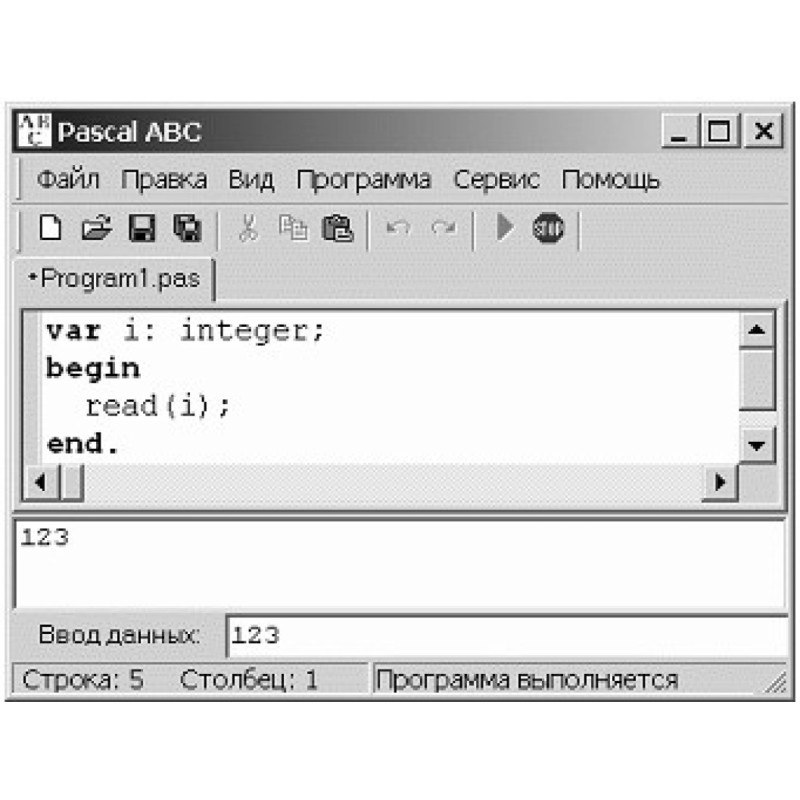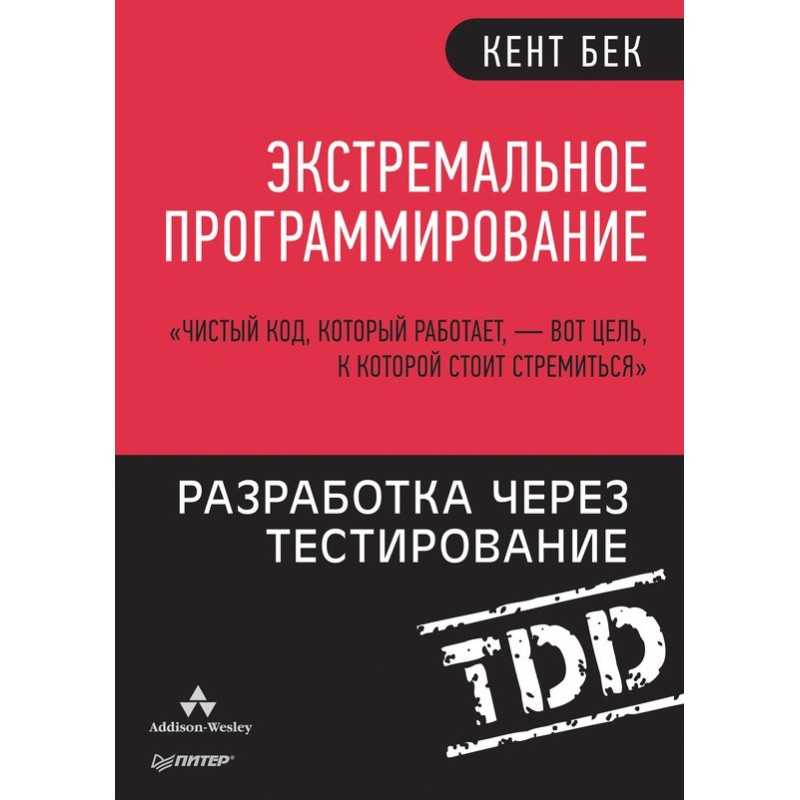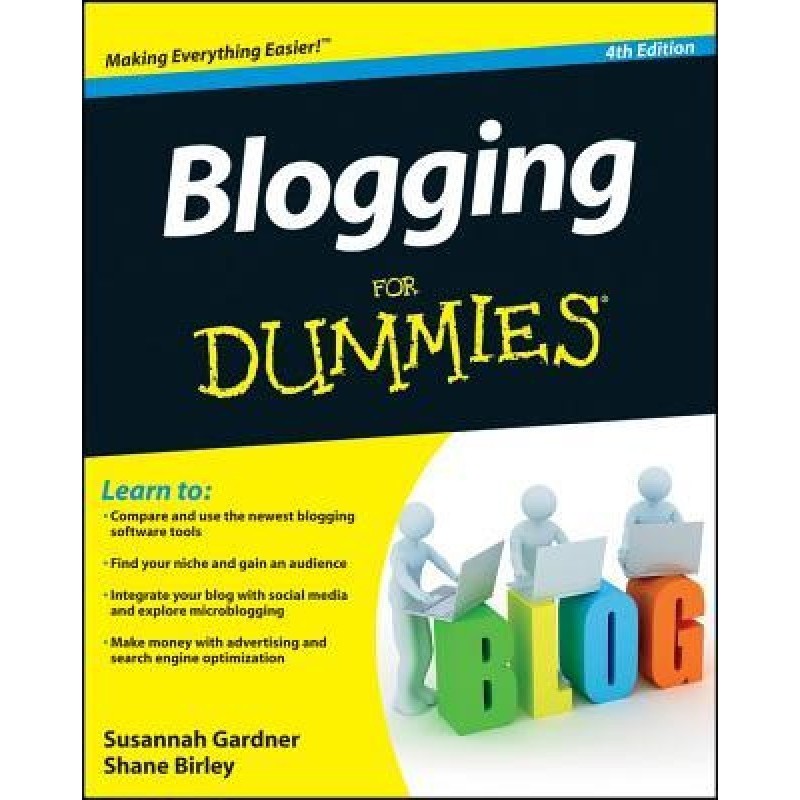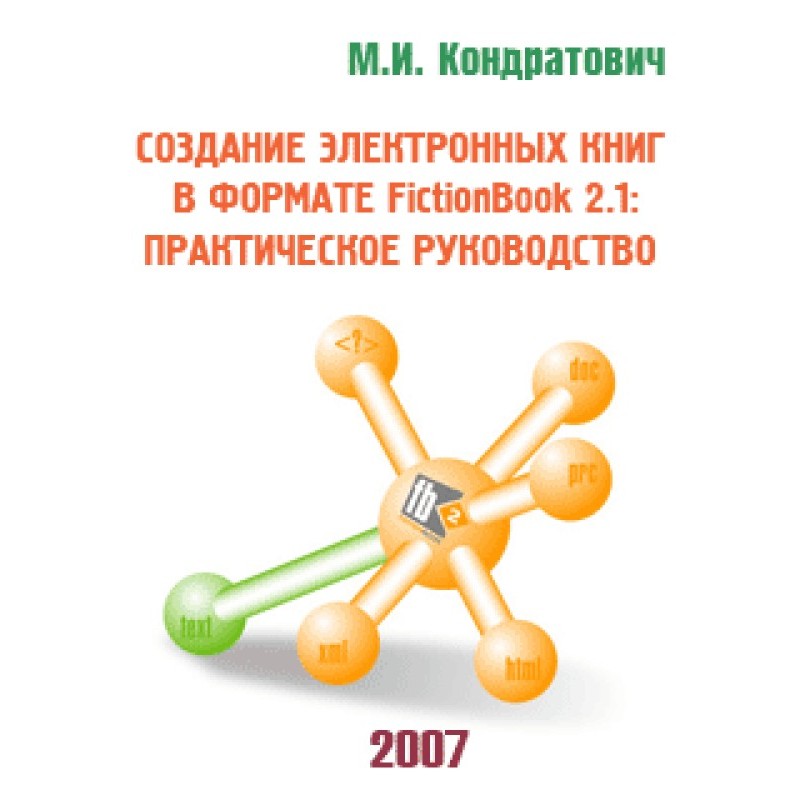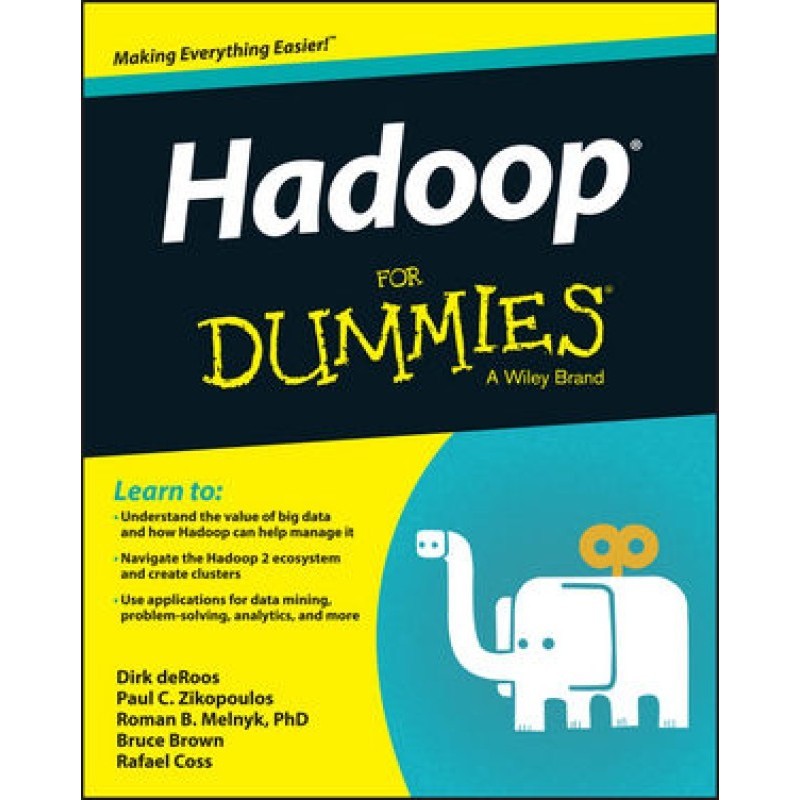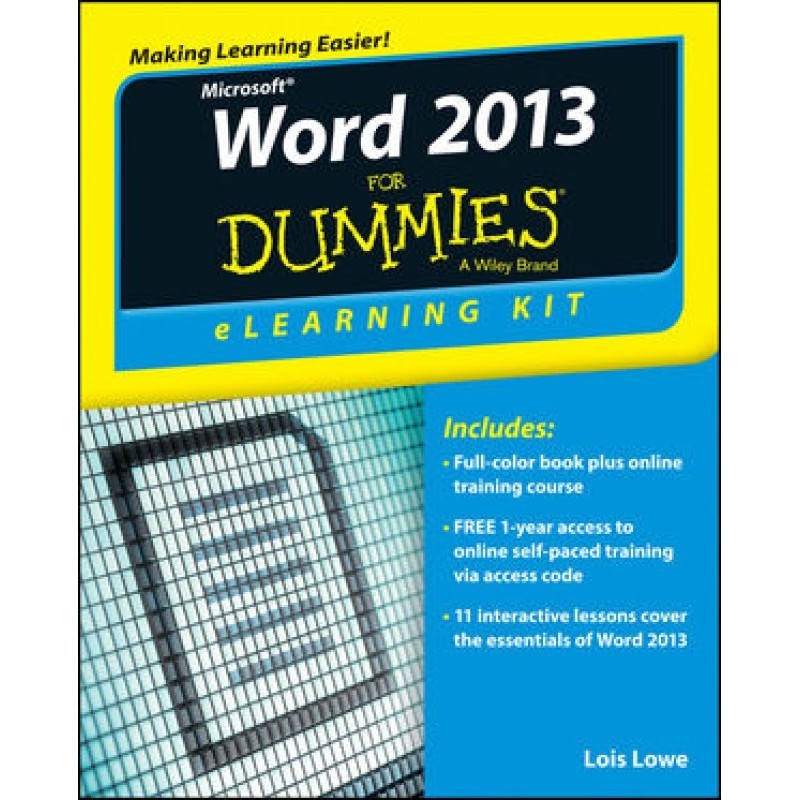C++ All-in-One For Dummies
 Instant download
Instant download
after payment (24/7)
 Wide range of formats
Wide range of formats
(for all gadgets)
 Full book
Full book
(including for Apple and Android)
This book is a hands-on, roll-up-your-sleeves experience that gives you theopportunity to truly learn C++. This edition starts out by helping you get a greatC++ installation in place. A lot of readers wrote to tell me that they simply couldn’tget C++ to work for them, and I listened by adding configuration instructions inBook 1, Chapter 1. You can find instructions for working with the Mac, Linux, andWindows throughout the book. The examples are also tested to work on all threeplatforms.C++ All-in-One For Dummies, 4th Edition, is devoted to working with C++ whereveryou want to use it. Book 1, Chapter 2 even includes techniques for writing C++ codeon your mobile device, although writing a complex application on your smartphonewould be understandably difficult because of the small device size.At the very beginning, I start you out from square one. I don’t assume any programmingexperience whatsoever. Everybody has to start somewhere. You canstart here. Not to brag, but you are in the hands of a highly successful C++ developerwho has shown thousands of people how to program, many of whom alsostarted out from square one.You already know C++? This book is great for you, too, because although I startdiscussing C++ from the beginning, I cover the important aspects of the languagein depth. Even if you’ve used C++ in the past, this book gets you up to speed withthe latest in C++ 14 and above innovations, including C++ 20 additions. Plus, thisedition of the book focuses on all the latest programming strategies while removingsome of the less used functionality of the past.If you’re interested in using the time-tested Object Oriented Programming (OOP)techniques that C++ developers have used for years, then Book 2 is where you wantto look. You start with a view of classes, but eventually move into more advancedtopics, including the use of programming patterns in Book 2 Chapter 4.One of the most exciting additions to this edition is the use of functional programmingtechniques, which you can find in Book 3. Functional programminghas become extremely popular because it makes modeling math problems significantlyeasier, and many people use functional programming techniques to solvemodern data science problems. More important, functional programming can bea lot easier than earlier programming paradigms.Every application out there has a bug or two. If you doubt this statement, just tryto find one that is bug free—you won’t. Book 4 includes all sorts of techniquesyou can use to make your application as bug free as possible before it leaves yourmachine and then help you find the bugs that others graciously point out later.Book 5 is all about moving you from generalized programming strategies into theadvanced strategies used by modern developers. It starts with a look at standardizedstructures for working with classes in a safe manner. The minibook takes youthrough
Data sheet
- Language
- English

